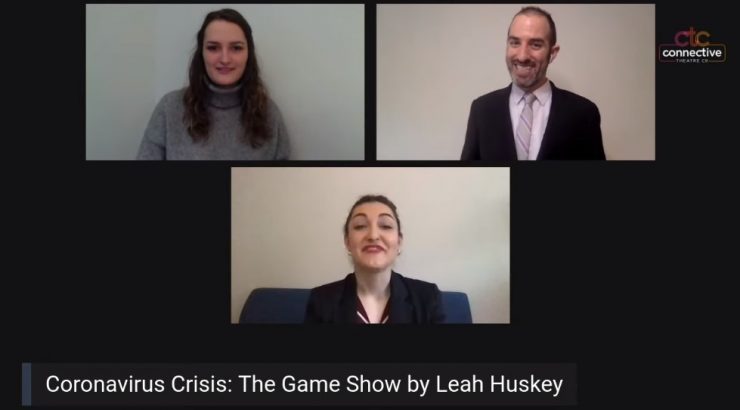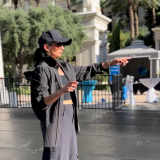
“Play(s) at Home” Virtual play festival by Chapman Theatre alumni tackles isolation issues during pandemic
April 2, 2020

Chase Hauser (BFA Theatre Performance ’17)
The plays were the company’s immediate response to the pandemic, according to Hauser, company artistic director and ensemble member. “[We] met via a Zoom call to check in with each other,” said Hauser. “A lot was going on with the early closing of our main stage production Morning in America, and of course all of us were going through so much personally. It was on that Zoom call when we all decided to take action and find a way to create an accessible theatrical experience that promoted connection, healing, and inspiration.”
The company quickly sent out a call for submissions to playwrights around the country for material tackling themes and issues surrounding the pandemic. Within seven days, over 150 plays were received for consideration. Amazingly, during the next 48 hours the company read all the plays, selecting eight that in the following 24 hours were cast, rehearsed, recorded, edited, and performed live—together but separate, for virtual audiences—all for free.
Comprised of three acts, the roughly 90-minute festival focused on themes of navigating solitude and quarantine; anxiety, fear and hysteria in the age of COVID-19; and navigating relationships in quarantine. Between each act, Hauser invited his personal therapist, a licensed clinical social worker (LCSW), to discuss on camera the themes in the plays.

Lena Romano (B.A. Theatre Studies ’17)
Romano, who serves as both executive director and ensemble member for the company, said the festival was important for the company as well as its audience. “It was exciting to be able to do something creatively and collaboratively that dealt directly with this pandemic and that included varying voices and perspectives,” she said. “Whether it’s a festival like this one, or something different, Connective Theatre Company will continue to respond to this new unprecedented world we’re living in—it seems important to keep creating and working, especially now!”
You can watch the full performance, including an introduction by Hauser, below:

